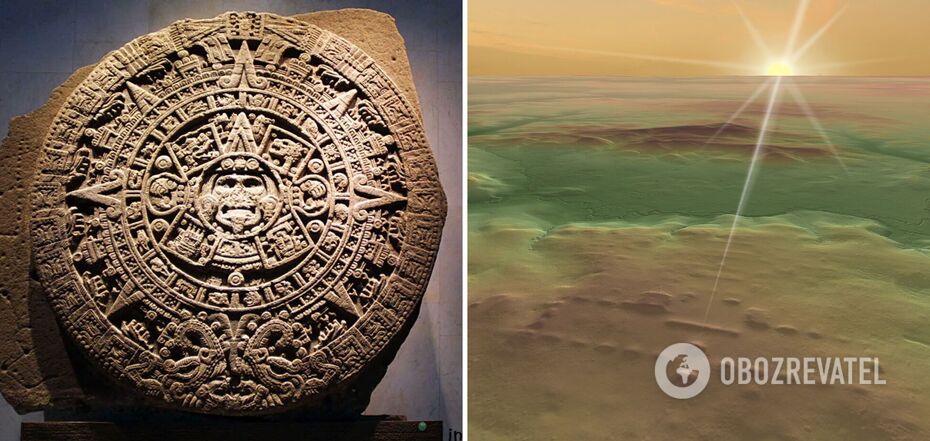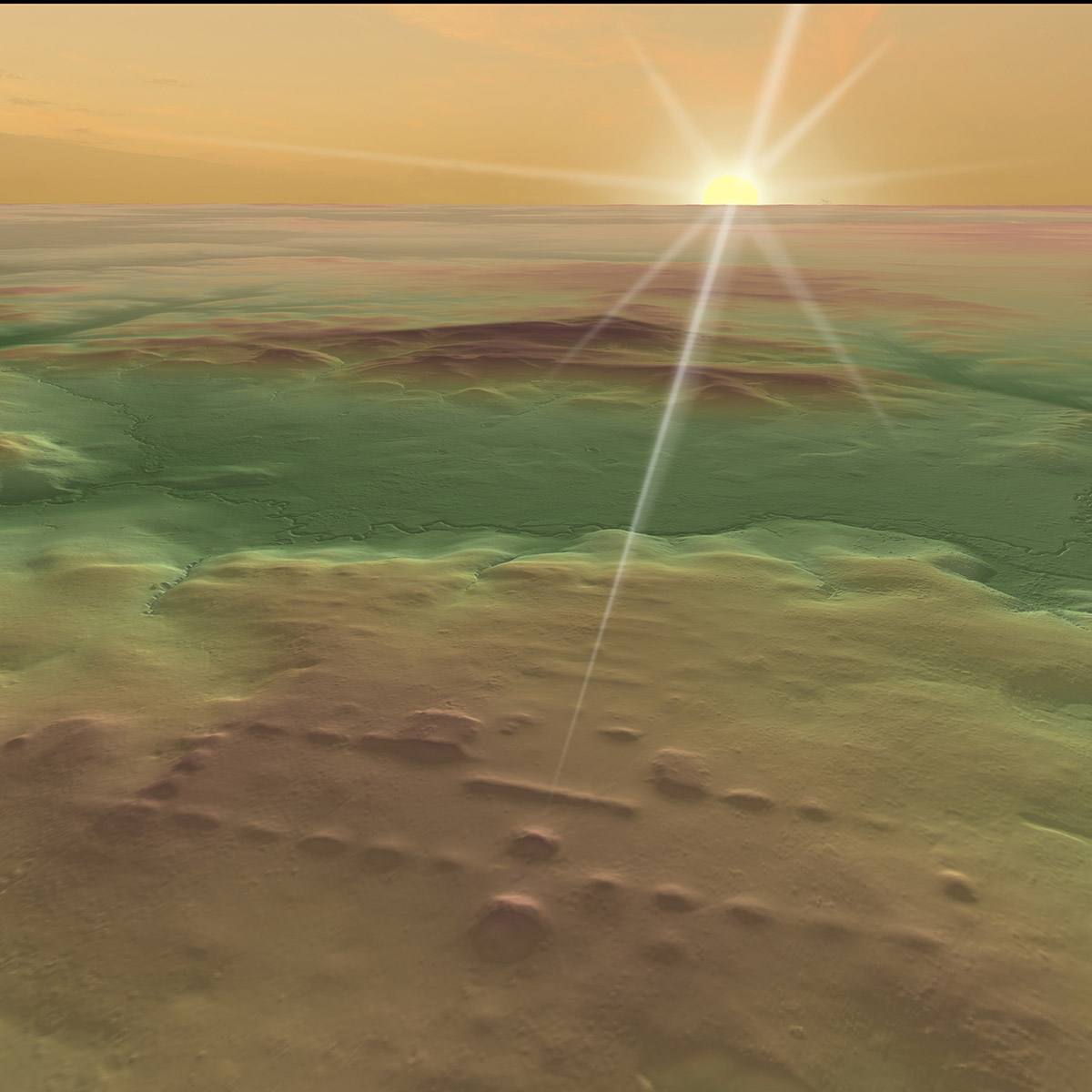Life
True age of the Mayan calendar has been revealed: details of a revolutionary discovery
The Mayan calendar, which made a big splash with its prediction of the end of the world in 2012, may be much older than scientists previously thought. A new method applied to Mayan heritage sites shows that the ancient inhabitants of Mesoamerica used their own way of counting time more than 3,000 years ago. That is, several hundred years earlier than scientists had previously believed.
The study was reported in the journal Science. The method described in the article is laser mapping.
It was used by Mayan researchers to identify ancient civilisation sites in the valleys of the Gulf of Mexico coast, hidden underground and under dense tropical vegetation, and correlate them with cosmic landmarks - planets or stars visible in the night sky. In this way, scientists managed to identify almost 500 such objects, most of which have not yet been studied.
The Mayan calendar was based on a 260-day cycle, which was recorded in a strict sequence of 13 numbers and 20 symbols. For example, 6 January 2023 would be called "6 rabbits" in this calendar. Now we know that the days in this system correspond to the positions of the stars, architectural features of buildings, and natural attractions among which the tribe lived.
Scientists dated the fragment of the mural that first revealed the secret of the Mayan calendar to 300 BC. But they assumed that this timekeeping system could be much older. Now, it has been established that the oldest complexes discovered by scientists date back to about 1100 BC. That is, this system of counting time is actually 8 centuries older.
In studying their findings, archaeologists and other scientists have found that the vast majority (almost 90%) have architectural points oriented to the time of sunrise on certain dates. Most often, these are the modern dates of 11 February and 29 October, with exactly 260 days between them. Some finds also indicate a half period of 130 days. The orientation of some of the complexes corresponded to the cycles of Venus and the Moon - they were associated with the rainy season and corn cultivation. However, among the complexes discovered by scientists, there are those that do not have a specific orientation, so this raises questions about the still undiscovered cosmological alignments. And it is an incentive to further study the objects.
Scientists say they have found convincing evidence that the Mayan calendar is much older than the first historical monuments found that recorded it in writing. The new date also coincides with the transition of society in this region of the planet from hunting and gathering to agriculture. A calendar was needed to efficiently organise the work of growing and harvesting crops. So the new date is also historically justified.
In addition, the calendar, according to scientists, is closely linked to the growth cycle of corn, the staple food of both ancient and modern Mesoamerican cultures, as well as to human pregnancy, which lasts approximately 260 days. Interestingly, even modern Mayan descendants use it for these two purposes, helping scientists to restore the culture of their ancestors, which was once destroyed by the Spanish conquistadors.
Earlier, OBOZREVATEL told you about a unique historical artefact from the times of Kyivan Rus - a leaden letter found in the Khmelnytsky region.
Only verified information is available in our Obozrevatel Telegram channel and Viber. Do not fall for fakes!




























